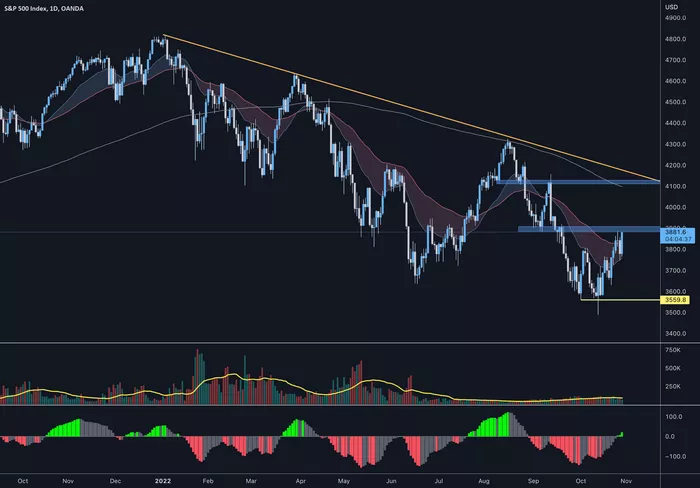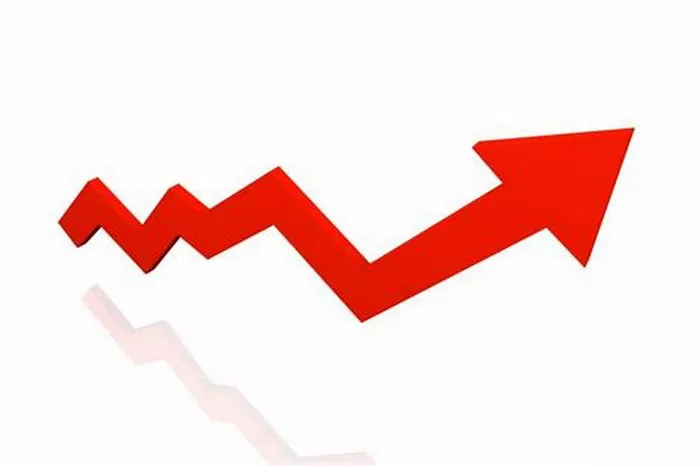In the world of stock trading, terminology can be overwhelming. New traders, in particular, may find themselves confused by the different terms used to describe market actions. One term that often comes up, especially when dealing with large transactions or high-frequency trading, is “sweep.” While it may sound like something simple, the concept of a sweep in stocks encompasses a range of strategies, tools, and techniques. This article will explain what sweep means in stocks, its implications for the market, and why investors and traders should pay attention to sweeps.
Understanding the Concept of Sweep in Stocks
Definition of a Sweep Order
A sweep order is a type of trade order that is designed to execute across multiple exchanges or market venues in order to fill a large order quickly. This type of order is used when a trader or investor wants to buy or sell a large number of shares and seeks to minimize the time spent in executing that order. The goal is to “sweep” through different exchanges to get the best price and complete the order as fast as possible.
In other words, a sweep order allows a trader to fill an order in parts, each part executed on a different exchange. This technique is commonly used when a large trade is needed, and a single exchange cannot fill the entire order.
Why Are Sweep Orders Used?
Sweep orders are primarily used for two reasons:
Speed: When there is a need for quick execution, such as in high-frequency trading or situations where price momentum is expected to continue in one direction, sweep orders ensure that a position is established or liquidated as rapidly as possible.
Liquidity: When the size of an order exceeds the available liquidity on a single exchange, a sweep order allows traders to fill the order across multiple exchanges to ensure the entire trade is completed.
Sweep orders can be essential in ensuring that large orders don’t disrupt the market by causing significant price fluctuations. However, their execution strategy must be carefully managed to avoid front-running (where other traders anticipate the order and act on it before it is completed).
How Sweep Orders Work
To fully understand how sweep orders operate, let’s break it down into simpler steps:
Order Placement: A trader places a large order for shares of a particular stock. This could be an order to buy or sell thousands of shares at a specific price point.
Order Splitting: The sweep order is automatically split into multiple smaller orders. These orders are then routed to different exchanges or liquidity providers that can fill parts of the total order.
Execution Across Multiple Venues: Each small order is executed individually on various exchanges, depending on which market offers the best price or liquidity at that moment.
Completion: The sweep order continues to fill across multiple exchanges until the total order size is completed.
The effectiveness of sweep orders is partly due to the automatic routing system in place. Advanced algorithms ensure that the best available prices are utilized, allowing traders to complete large transactions without significantly affecting the stock’s price.
Types of Sweep Orders
There are several types of sweep orders that traders use, each suited for different trading strategies. Understanding these types will provide deeper insight into how the sweep mechanism works.
1. Sweep to Fill
This is the most common type of sweep order. A trader who places a “sweep to fill” order is looking to fill the entire order as quickly as possible, regardless of the price. It is a market order that is split and routed across exchanges to execute as fast as possible.
2. Sweep to Best Price
A “sweep to best price” order is similar to the sweep to fill order but adds an element of price optimization. Instead of simply executing at any price, the trader aims to fill the order while obtaining the best possible price available at the time of execution. This is typically used when the trader is looking to enter or exit a position with minimal slippage.
3. Sweep to Limit
A “sweep to limit” order is a variation that sets a maximum price the trader is willing to pay or a minimum price the trader is willing to accept. This order is useful when a trader wants to control the price at which they execute their trade, but still wants to ensure the order is filled across multiple exchanges to achieve quick execution.
4. Sweep with Pegged Price
In this type of sweep order, the trader places a sweep order with a “pegged” price. This means that the order is dynamically adjusted according to the market price. The price will follow the stock price, so if the market price moves, the pegged price follows, and the order is executed at that price.
5. Sweep to Lit and Dark Pools
Another important distinction is between sweep orders routed to “lit” markets (where orders are visible to all participants) and “dark pools” (private exchanges). Many traders utilize sweep orders that cross both types of pools to take advantage of the liquidity in dark pools and the price discovery in lit markets.
Implications of Sweep Orders on the Stock Market
Sweep orders can have a significant impact on the stock market, especially for stocks with low liquidity. While these orders are designed to help execute trades quickly, they also come with several potential consequences that traders should be aware of.
1. Market Impact and Price Movement
Large sweep orders can affect the price of a stock. While the intention behind a sweep order is to prevent large trades from causing dramatic price changes, the act of splitting the order across multiple exchanges can still move the market. The execution of a sweep order can signal strong buying or selling interest, influencing other traders’ behavior and causing the price to move.
2. Reduced Slippage
Slippage occurs when an order is executed at a worse price than expected due to a lack of liquidity. Sweep orders help reduce slippage by routing the trade across multiple exchanges, ensuring that enough liquidity is available to fill the order quickly and at the best possible price. However, in markets with limited liquidity, sweep orders may still experience slippage, particularly in volatile conditions.
3. Front-running and Market Manipulation
Front-running refers to the practice where traders attempt to anticipate large orders and trade in front of them to profit. Sweep orders, due to their large size and fast execution, can sometimes lead to front-running by other traders. This is because the intent behind a large sweep order is often transparent, and traders may place orders ahead of the main order to gain an advantage.
Market regulators have measures in place to limit market manipulation, but the complexity of sweep orders can still expose traders to such risks.
4. Increased Market Volatility
On particularly volatile days, large sweep orders may amplify price swings. When there is significant buying or selling interest, traders may react to the large orders by entering and exiting positions themselves, further driving up or down the stock price.
5. Transparency and Reporting
Another consequence of sweep orders is that they may not always be fully transparent. In particular, orders executed in dark pools (private trading venues) may not be visible to the wider market. This lack of visibility could lead to concerns about market fairness, especially if large institutional investors are using sweep orders in these venues.
Advantages of Sweep Orders
While there are potential risks associated with sweep orders, there are also several notable advantages that make them appealing to traders, especially those managing large transactions.
1. Speed and Efficiency
The main advantage of sweep orders is their ability to execute trades rapidly. For traders looking to buy or sell large quantities of stock, sweep orders provide a highly efficient method of filling an order across multiple venues without causing significant delays.
2. Access to Better Liquidity
Sweep orders allow traders to access a wide range of liquidity pools, including lit exchanges and dark pools. This means that a trader can often execute a large order without having to wait for a buyer or seller to appear at the desired price.
3. Reduced Market Impact
By splitting a large order into smaller pieces and routing them to different exchanges, sweep orders can help mitigate the risk of moving the market significantly. This is particularly beneficial for traders looking to avoid slippage.
Conclusion
Sweep orders are an essential tool in modern stock trading, particularly for large institutional investors, high-frequency traders, and others who need to execute large orders efficiently. Understanding what a sweep order is, the different types available, and how they work can help both novice and seasoned traders navigate the complexities of the stock market. While sweep orders come with their risks—such as potential market manipulation and price impact—they offer significant advantages in terms of speed, liquidity, and reduced slippage. By carefully considering when and how to use sweep orders, traders can optimize their strategies and enhance their trading experience.
Related topics:

































